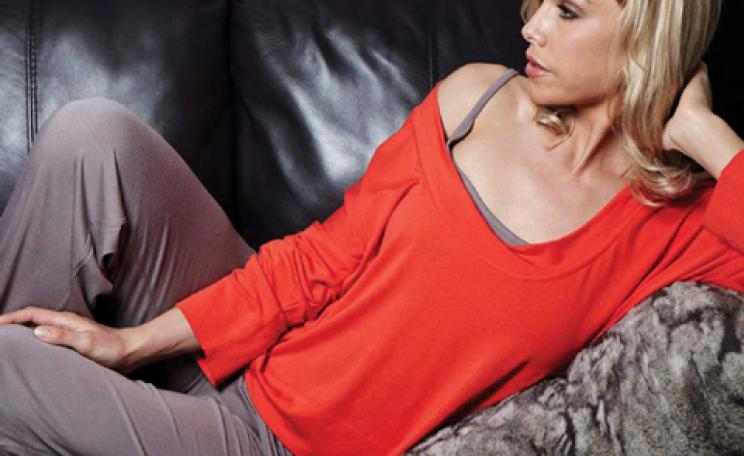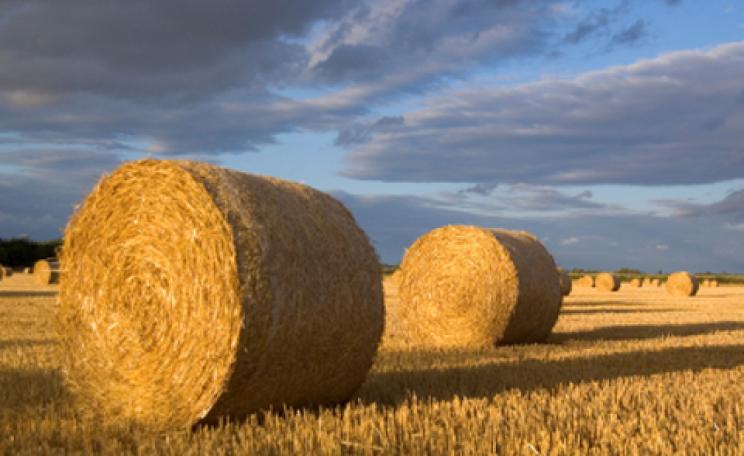It’s a miracle plant – a member of the grass family with more than 5,000 uses, from scaffolding to surfboards, fuel to furniture, musical instruments, food, cosmetics, aphrodisiacs and medicine. It’s part of the daily lives of up to half of the world’s population and more than a billion people overseas live in houses made from it. Bamboo – it’s one of the fastest growing plants on Earth, and adaptable enough to grow on every continent except at the Poles.
Bamboo is rated highly among architects and designers. ‘Bamboo is strong, flexible, durable and beautiful,’ says American architect Gale Beth Goldberg. Colombian architect Simon Velez, who has built sports stadia and enormous factory roofs from bamboo, calls it ‘steel from nature’. But it’s lighter than steel or concrete, and has a natural flexibility that they lack – which is why bamboo buildings fare better in earthquakes and hurricanes. ‘Bamboo is subtle, elastic and tenacious,’ says Goldberg. ‘It’s a survivor. It bends but it doesn’t break.’
The market for bamboo products in the UK is small, but a number of companies are pioneering its use…
Floors
At least six companies in the UK now offer bamboo flooring. Paul Robertson of London-based Urbane Living says, ‘It’s a fantastic product and it’s eco. Bamboo floors are easy to install and very durable: harder than oak and half its price.’ (His prices for bamboo start at £16.49 per square metre, compared to £31.64 for sustainable oak.)
David Burns, who runs Panda Flooring near Newcastle, says that ‘the biggest advantage is its sustainability. Nearly every customer is interested in that aspect.’ Housing developers are also catching on: Burns recently supplied 8,000 sq m of bamboo flooring for 110 new apartments in Manchester.
Furniture and furnishings
Bamboo furnishings are cheap and widely available: you can pick up a Bambu roll-up blind at IKEA for £1.59, or a Ken Hom Connoisseur Bamboo Steamer for £9.99 at Argos. Further upmarket, London-based designer Oliver Heath, renowned for his ‘urban eco chic’ approach, sells bamboo towels (spun in the UK) and chopping boards in his online store Ecocentric. Other stockists include Urbane Living (worktops and rugs), Bamboozled (beds, coffee tables, chairs, shelves and stools), OKA (bathmats), One Village (placemats and lampshades), Nigel’s Eco Store (towels), The Pier (placemats, rugs, bowls and vases) and UK Bamboo Supplies (tables, indoor screens and more).
Textiles
The bamboo textiles market is growing. Bamboo fibre works well for towels as it is soft, durable, anti-bacterial and three times as absorbent as cotton. Interest in bamboo clothing is mushrooming. ‘We’ve had over 1.5 million hits on our website since launching in July last year,’ says David Gordon from Bam: Bamboo Clothing, who sells bamboo fibre T-shirts in the UK.
‘In theory, bamboo fibre can be spun anywhere,’ says Graham Berry of Yorkshire-based company Camira, which is developing a ‘very durable’ bamboo/wool mix for office furniture.
Outdoor furniture
‘In the garden, bamboo furniture will last at least 10 years if looked after properly,’ says Chris Tilly of UK Bamboo Supplies, near Newcastle. He sells outdoor tables, screens, garden benches, planter boxes, gazebos and bamboo poles online. Many garden and outdoor centres sell bamboo screens and fences.
Gracing your garden
Paul and Diana Whittaker have more than 15 years’ experience of growing bamboo, and have 200-plus species at their Hardy Bamboo nursery in East Anglia. ‘It’s relaxing to have around as it’s so soft, graceful, light and airy – it’s always moving in the wind,’ Diana says. ‘And birds love it – it’s a bird haven.’
You can frustrate nosy neighbours by growing a living privacy screen – watch and be amazed at how much the plant can grow in just 18 months. But, living screens aside, you can’t build with bamboo grown in this country. ‘Nobody in the UK is growing bamboo for anything other than ornamental living plants,’ says Paul. ‘Here you can only grow temperate bamboo – you’d be lucky to get a diameter of two to three inches. You can’t grow the tropical bamboo that’s needed for construction.’
Downsides
Herein lies the biggest obstacle to bamboo being a totally green option in the UK. To build anything you have to import 40ft container loads of the thick, tropical variety. Most of the bamboo used here comes from China, where it’s been grown for thousands of years and they are experts in its use. And although some companies, such as UK Bamboo Supplies, manufacture in this country, most bamboo products sold here are also made abroad. ‘The cost of manufacturing over here would put me out of business,’ says Panda Flooring’s David Burns.
Some of the processes used to transform the plant from its raw state to products such as floorboards (eg. laminating or sometimes bleaching) are further potential flaws on bamboo’s otherwise sustainable CV. Some adhesives used for floorboards contain the toxic chemical formaldehyde, although Panda Flooring and Urbane Living both use non-toxic alternatives.
So, bamboo may not be the future building material of the temperate world. However, as an aesthetically pleasing and sustainable alternative to wood, plastic and metal, it’s hard to beat. Whether we admire it as a living plant or use it as a fibre, flooring, furniture or a fence, bamboo deserves to be called a miracle plant.
Bamboo Facts
* Giant bamboos shoot up at the rate of more than a metre a day, reaching heights of 30m (98ft) or more and diameters of up to 25cm. An 18m (60ft) bamboo cut for market will take a mere 59 days to replace, whereas the same size oak tree will take from 40 to 70 years.
* Bamboo releases 35 per cent more oxygen and absorbs at least four times more carbon dioxide than a forest of rees.
* Construction-grade bamboo is ready to harvest in just three to five years, compared with 10 to 20 years for timber; and its yield is up to 25 times more. A single bamboo clump can produce up to 15 kilometres of usable pole (up to 30cm in diameter) in its lifetime.
* Harvesting bamboo does not kill the whole plant, so there’s no need for replanting – it just grows back.
* It’s good for the soil: the underground network of bamboo stems knits it together and prevents soil erosion. Bamboo can even grow in soil that has been damaged by erosion, overgrazing or commercial agriculture and is typically grown without fertilisers or pesticides.
This article first appeared in the Ecologist April 2007
For ethical and sustainable suppliers of Home and Business goods and services check out the Ecologist Green Directory here







